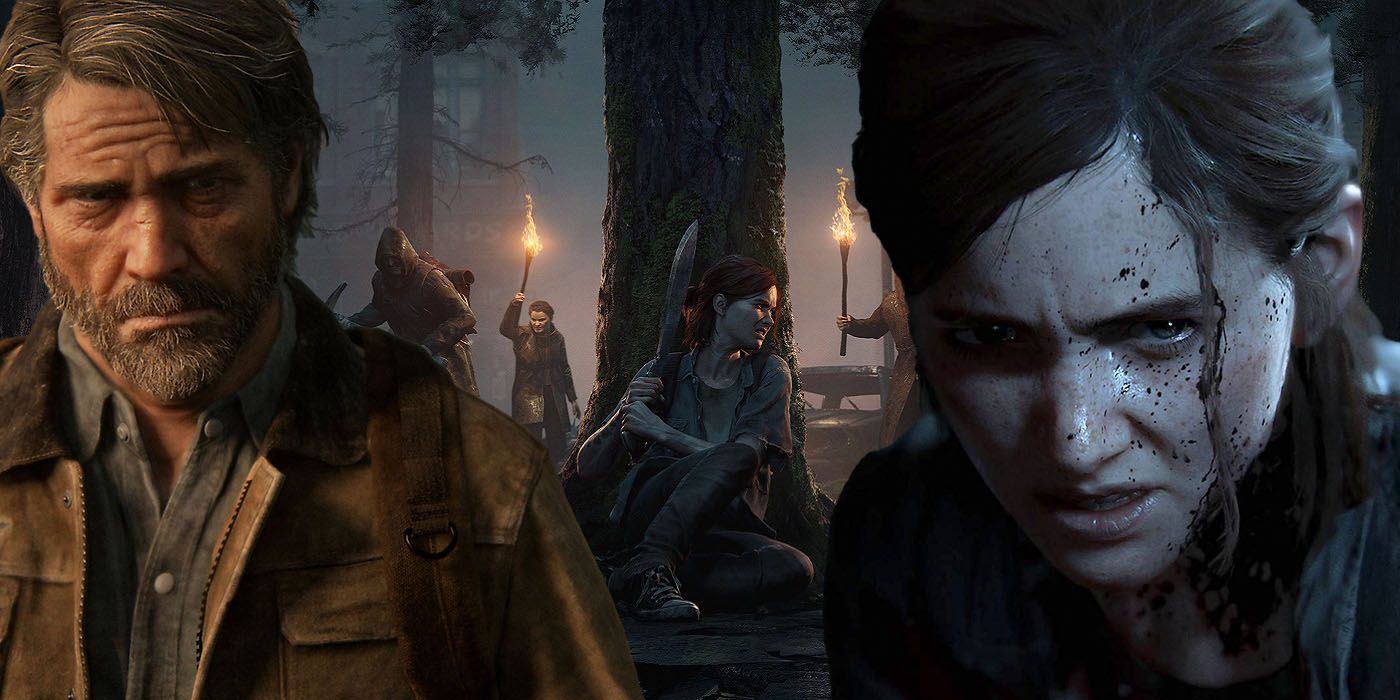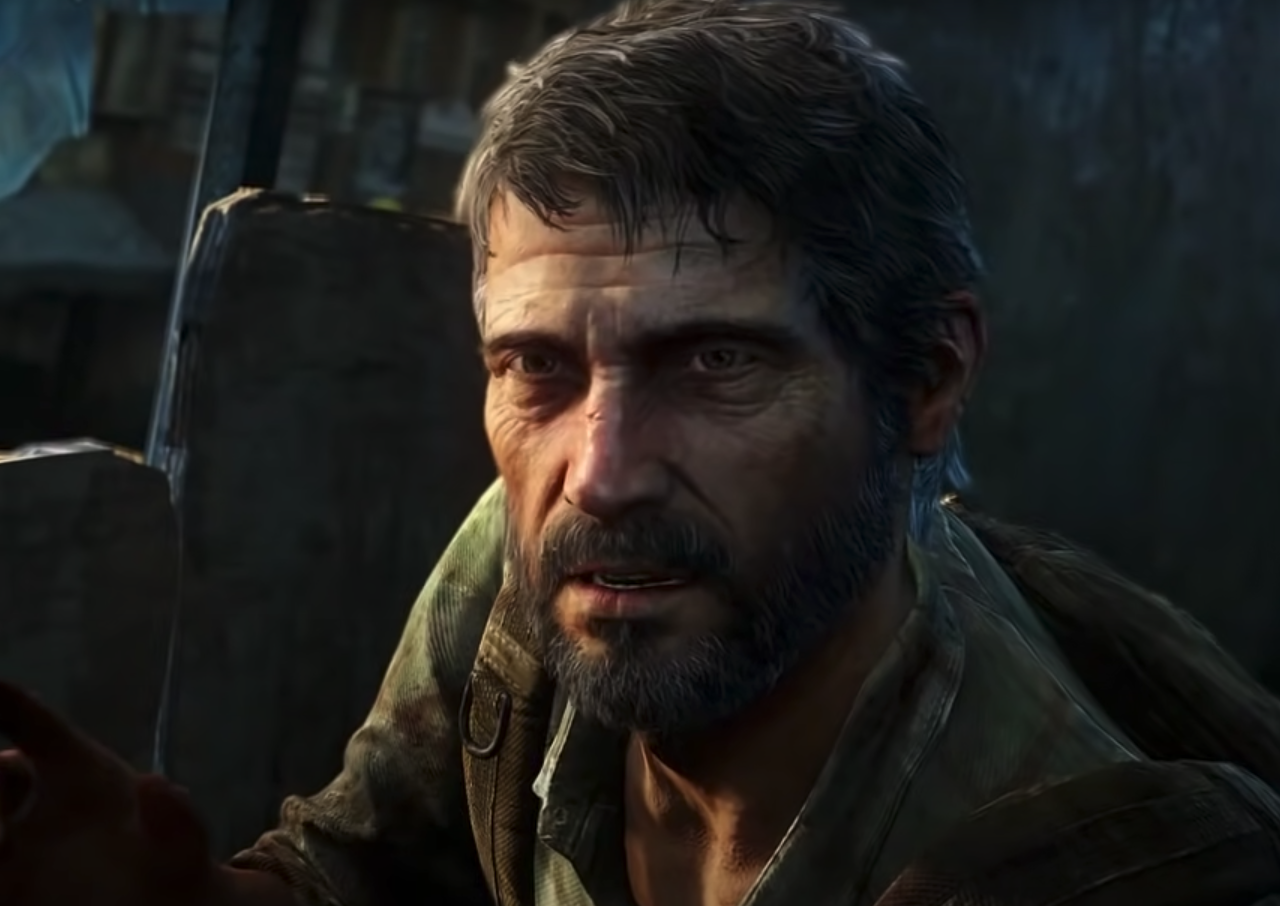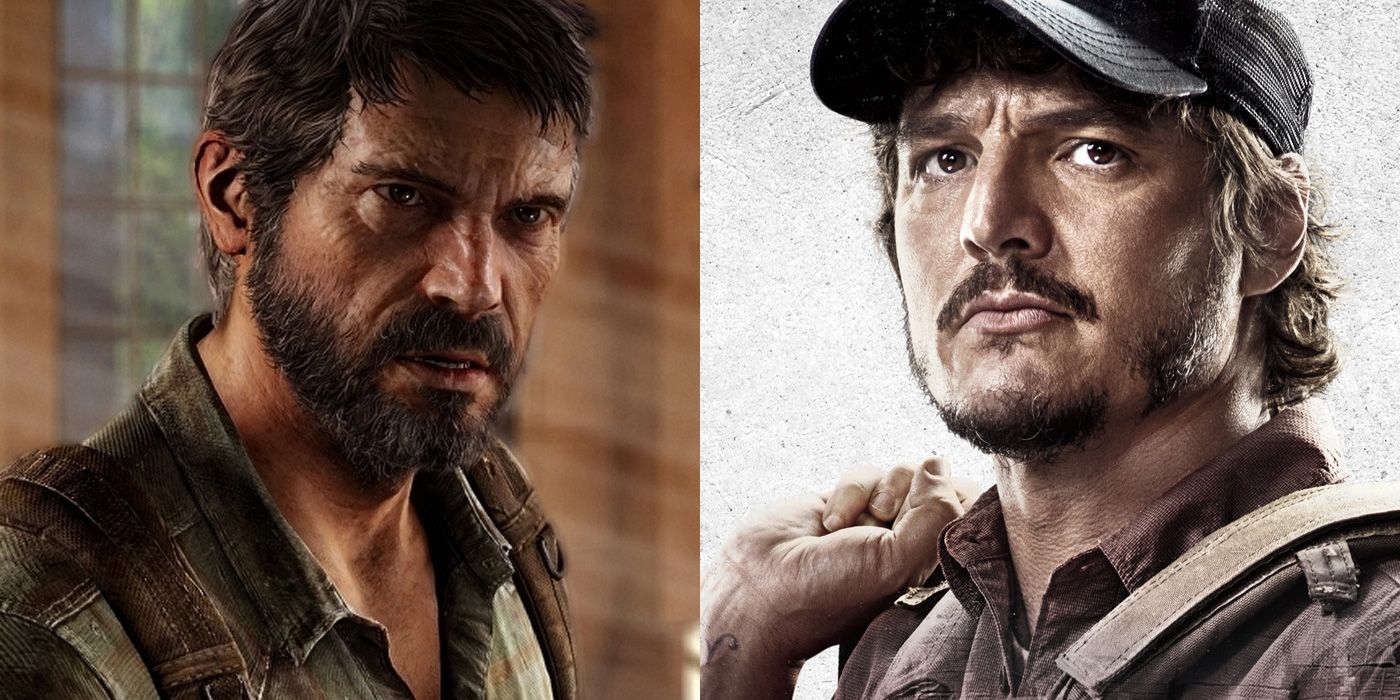

What separates blockbuster games from profundity is, as with films, the financial logic of their blockbuster status – their need to generate return on investment and the stranglehold this need places on ambitious writing. Because the distinction between film and games has, in many senses, grown academic. It will be interesting to see if the next generation of cinematic games look beyond Hollywood for their inspiration – if they grow adverse to Hollywood’s mass-market formulae of setting, theme and character. It seems appropriate that The Last of Us 2 comes at the end of a console cycle.

God of War and Red Dead Redemption 2 are just some that have done it more recently. Naughty Dog did it back in 2013, and the game was a landmark. More accurately, they have proven that they can ape the narratives and idioms of Hollywood. More than anything though, The Last of Us 2, while still packed with exhilarating set pieces, is less impressive than its predecessor because games have now proven they can deliver cinematic narratives. There’s a lot of “killing everyone in your way won’t bring soanso back” chat, and a lame formal trick that implicates – one of the more overused terms in gaming – the player in this violence. The latter tone, in particular, seems a mistake – the original avoided moralising about violence this tale centres on it. The game’s writing is not necessarily less accomplished than the first game, but it is more maudlin and hectic, less entertaining, and thoroughly miserabilist. After one character caves another’s head in with a golf club, the player must set out in pursuit of violent revenge. The story orbits a decision Joel made at the end of the first game – cinematically, the game returns to this moment like a recurring nightmare. Broody Joel croons hideous love songs on a beat-up gee-tar. Ellie is grown up now – in an early scene, she smokes a big spliff then has casual sex. Ellie and Joel live in a bustling encampment that looks like a Wild West film set. The Last of Us 2 picks up four years after the last game. The Last of Us was the culmination of years of technological advances that now allow games to render cinematic production values and, when the writing was there, deliver a compelling Hollywood story. The scenes and set pieces were miraculous technical achievements – whichever way a player turned they looked cinematically composed. Their feelings were intelligible in their expressions their eyes simmered with life.

Character’s faces, for instance, vaulted the uncanny valley. But where The Last of Us stood out as a landmark was not the narrative itself, but its delivery. Though it’s a demonstration of the narrative desert of the medium that the game’s story is held up as a gold standard, it was competently written.


 0 kommentar(er)
0 kommentar(er)
